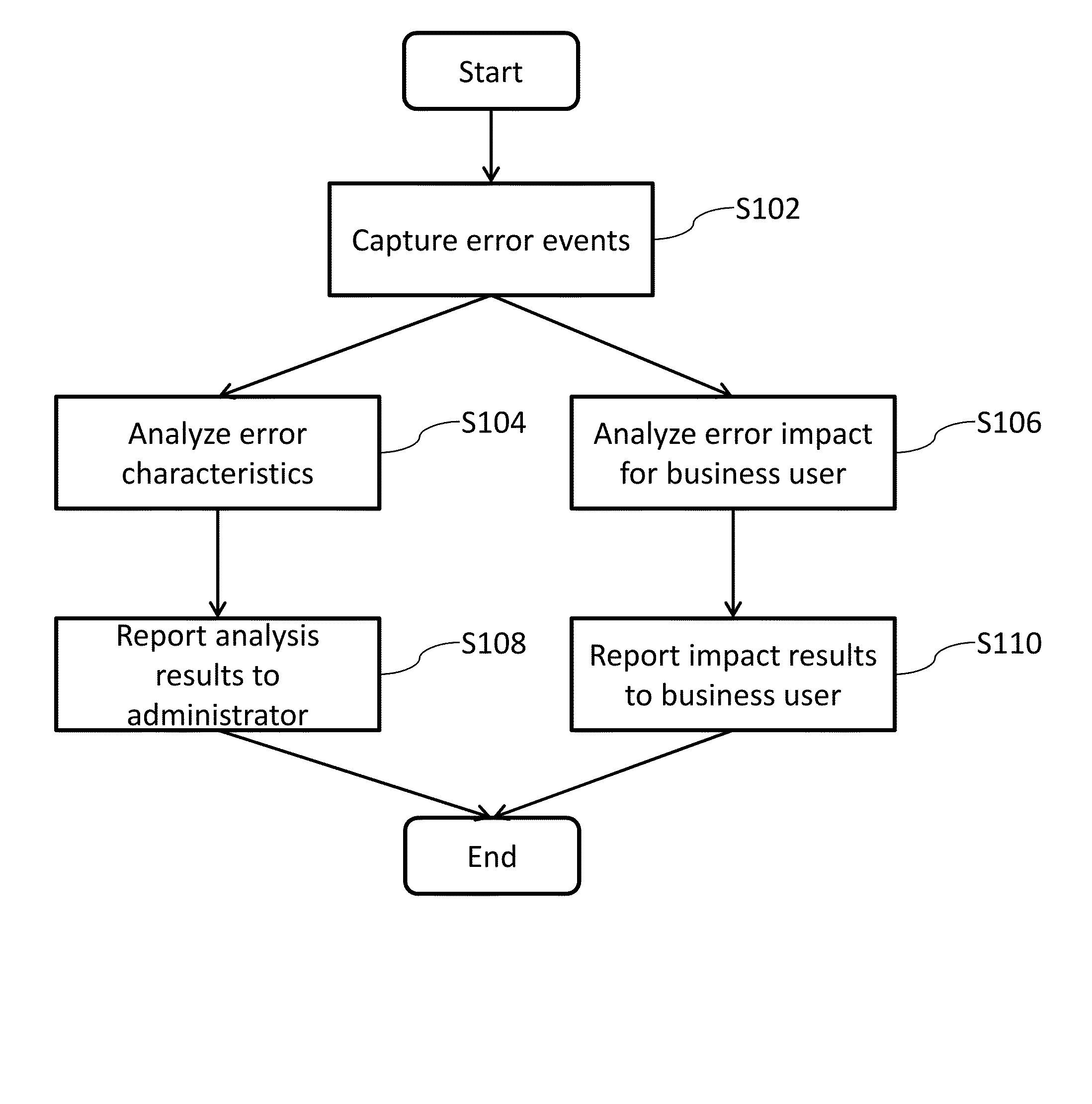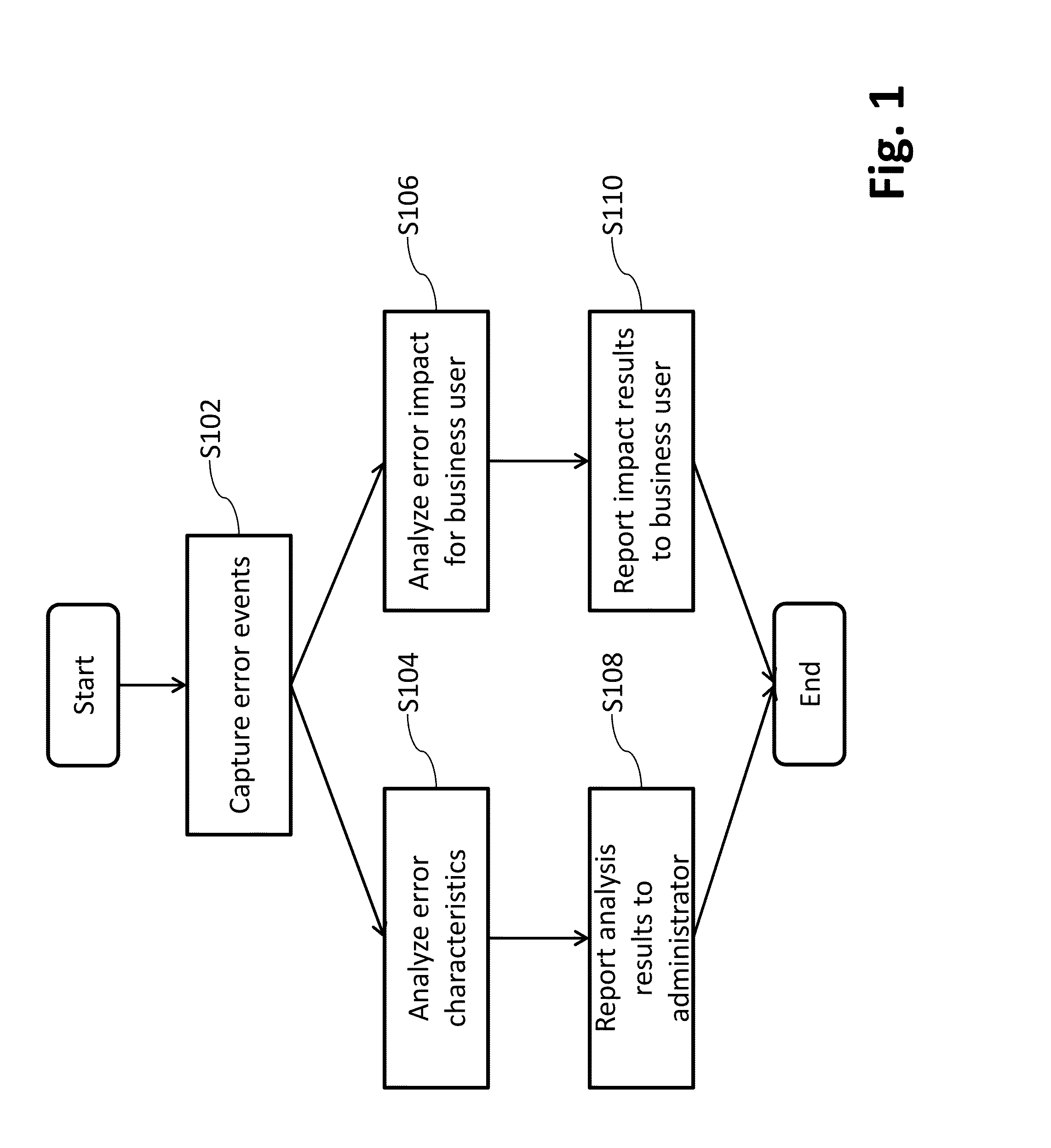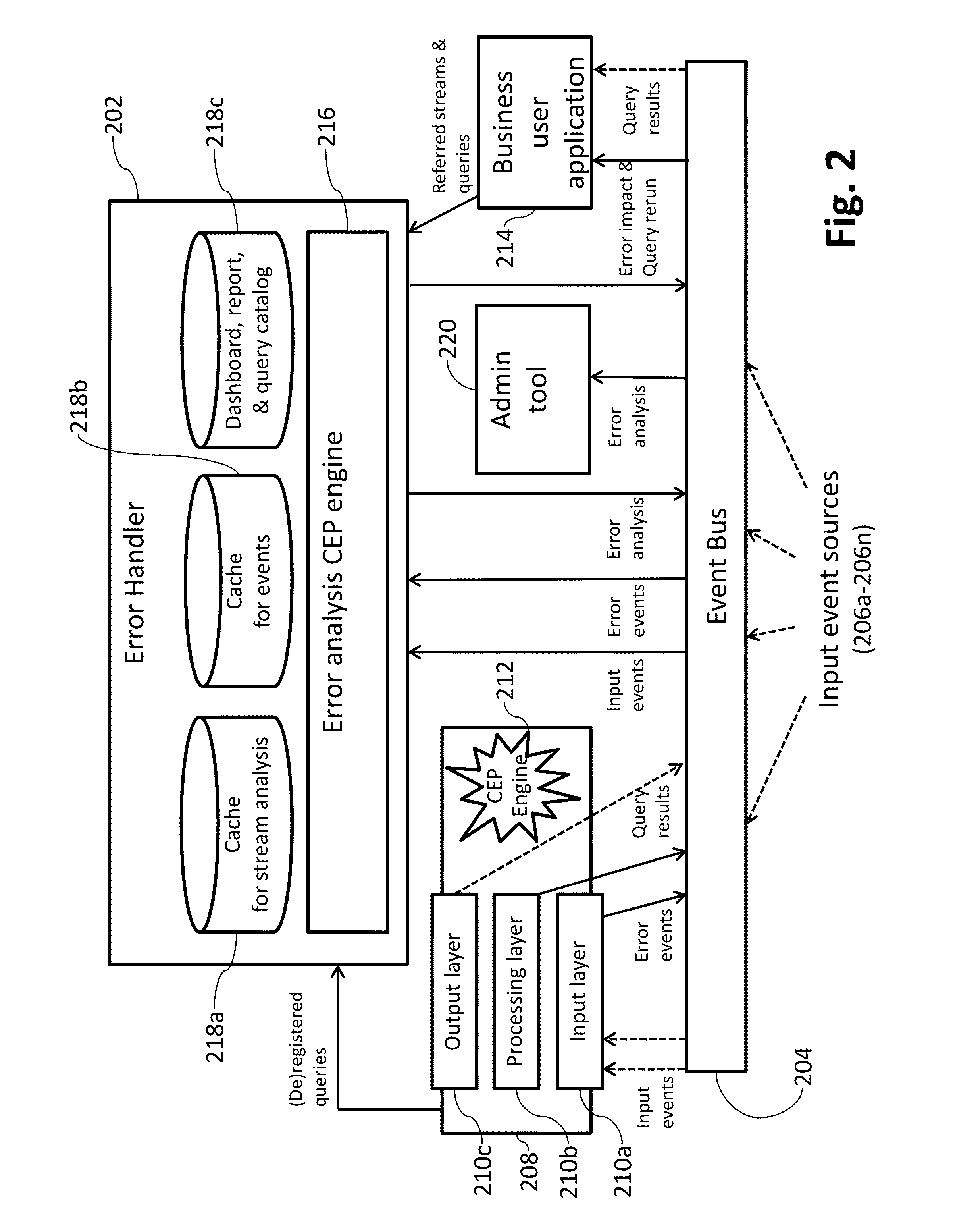Systems and/or methods for handling erroneous events in complex event processing (CEP) applications
a technology for complex event processing and event sources, applied in the field of systems and/or methods for handling erroneous events in complex event processing (cep) applications, can solve the problems of event sources that might produce erroneous events, are not necessarily designed to deal with these amounts of data, and are not always powerful enough to solve the problem of event source erroneous events, etc., to achieve the effect of limiting the number of error corrections and enabling impact analysis of erron
- Summary
- Abstract
- Description
- Claims
- Application Information
AI Technical Summary
Benefits of technology
Problems solved by technology
Method used
Image
Examples
example implementation
[0047]An example implementation will now be provided. In the following example implementation, techniques for handling erroneous events in CEP applications are presented in connection with an EDA coupled with CEP functionality. Within the EDA, participants communicate via events in an active manner. For instance, each time an event arrives, corresponding subscribers process them and directly forward the results, also as events. A publish / subscribe model, or one of its variants, may be used in this regard. Of course, it will be appreciated that other architectures, messaging protocols, and / or the like, may be used in different example embodiments, and that the following description is made for purposes of illustration only.
Example Error Handler Architecture
[0048]FIG. 2 is a block diagram including an overall architectural view of a processing system that may be used in connection with certain example embodiments. FIG. 2 provides an architectural overview of the error handler 202, its...
example use
Case of Error Handling
[0091]The following simple example illustrates how both a business user using dashboards fed by a CEP system and a CEP system administrator can benefit from the advanced error handling described herein. Although an example application background is provided, it will be appreciated that different sensors, reactions, SLAs, key performance indicators, application types, etc., may be used in different example embodiments.
[0092]The application background of this example involves a fully automated assembly line employed by an automotive supplier. The line produces parts that are supplied to major automotive companies and is the supplier's key revenue driver. Strict service level agreements (SLAs) with the supplied companies make it crucial for the supplier to monitor productivity and quality of the assembly line in a continuous fashion. Delivering the produced parts in the committed timeframe requires production outages to be avoided at best, or at least to be acted ...
PUM
 Login to View More
Login to View More Abstract
Description
Claims
Application Information
 Login to View More
Login to View More - R&D
- Intellectual Property
- Life Sciences
- Materials
- Tech Scout
- Unparalleled Data Quality
- Higher Quality Content
- 60% Fewer Hallucinations
Browse by: Latest US Patents, China's latest patents, Technical Efficacy Thesaurus, Application Domain, Technology Topic, Popular Technical Reports.
© 2025 PatSnap. All rights reserved.Legal|Privacy policy|Modern Slavery Act Transparency Statement|Sitemap|About US| Contact US: help@patsnap.com



